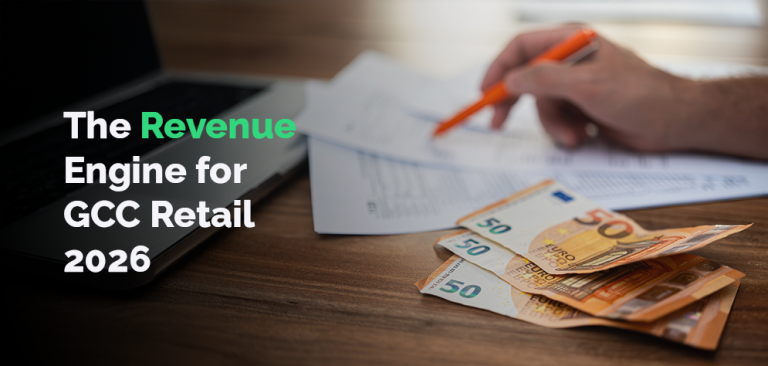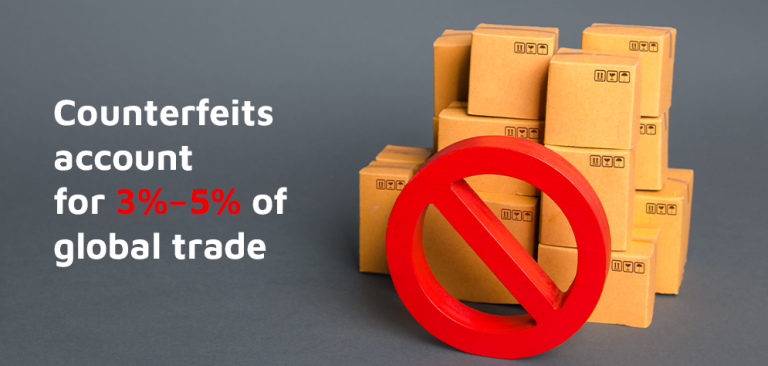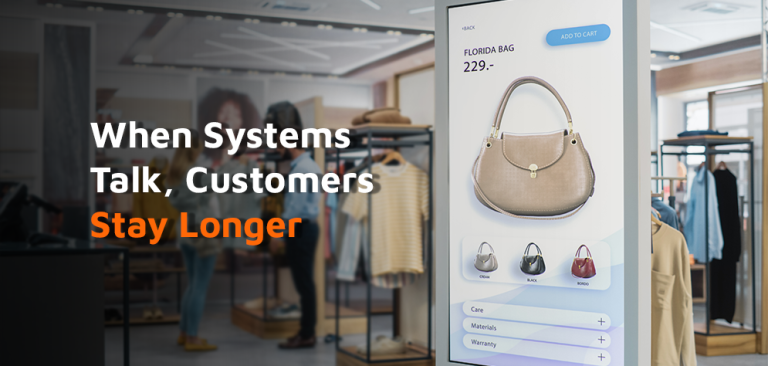A retail brand manager in Riyadh stares at her dashboard on a Tuesday morning. Traffic is up 40%. Marketing spend is optimized. But her ecommerce conversion optimization efforts have stalled, with conversion rates stuck at 1.8%.
She’s not alone. Optimonk’s 2025 industry data shows, the average conversion rate across all ecommerce businesses is just 1.81%. Out of every 100 visitors, barely two make a purchase.
Her problem wasn’t traffic. It was the invisible gap between what her data was telling her and what her operations could actually deliver.
When Data Lives in Silos, Conversion Optimization Dies
Ecommerce conversion optimization isn’t about tweaking button colors. Those tactics matter, but they treat symptoms, not causes.
The real conversion killers hide in gaps between systems that don’t talk to each other. Marketing runs a flash sale. Traffic spikes. But inventory systems haven’t updated in real time. Popular items show as available when they’re actually out of stock. Customers complete checkout, then receive the dreaded “out of stock” email hours later.
That’s a data analytics solutions problem meeting a supply chain software failure.
Average Conversion Rates Aren’t Good Enough Anymore
According to research of Speed commerce that ecommerce conversion rates in 2025 hover between 2% and 4% globally. But top performing sites achieve 11% or higher.
What separates 1.8% businesses from 11% winners? Unified intelligence.
When data analytics solutions pull information from every channel into a single view, patterns emerge. You see that mobile browsers during lunch convert 3x better when retargeted on desktop in the evening. You notice cart abandonment spikes when specific products drop below certain stock thresholds, creating anxiety rather than urgency.
These insights only appear when data stops living in isolated departments.
The Supply Chain Connection Nobody Discusses
68% of CRO professionals now use AI-powered personalization. They’re customizing messaging and A/B testing relentlessly.
But personalization means nothing if your supply chain software can’t keep the promises your marketing makes.
A GCC fashion brand invested heavily in personalization engines. Conversion rates climbed initially. Then customer satisfaction tanked. Why? Their personalization recommended products that were perpetually backordered. Customers felt deceived.
When they connected their recommendation engine to real-time inventory through integrated supply chain software, conversion rates jumped 27% within eight weeks. Not because they changed marketing. Because marketing could finally tell the truth.
The 25% and 30% Reality
When businesses unify analytics and operations through comprehensive digital solutions, two metrics improve dramatically.
Customer acquisition cost drops by approximately 25%. Unified intelligence reveals which channels actually convert, not just which ones drive traffic. Marketing spend gets reallocated to what works.
Order fulfillment speed improves by around 30%. Supply chain software connected to live demand data predicts inventory needs, pre-positions stock, and optimizes routing before orders arrive.
As per Shopify that making an ecommerce site just one second faster leads to a 7% rise in conversions. Imagine what happens when you make the entire operation 30% faster.
When Strategy and Execution Share Data
A Dubai home decor retailer ran separate universes. Marketing used one analytics platform. Operations used another. Finance had a third. All told different stories about the same customers.
Marketing thought certain products were bestsellers based on clicks. Operations knew those products had the highest return rates. Finance saw them as margin killers.
When they implemented unified commerce platforms giving everyone a single view of truth, conversion rates increased 36%. Not because they changed products. Because they understood which products to promote to which customers at which moments.
What Actually Moves Ecommerce Conversion Optimization
Brands maintaining conversion rates above 4% share specific characteristics:
Real-time inventory visibility across all channels. Customers never see unavailable products.
Data analytics solutions that predict demand, not just report history. Analytics identify patterns before they become obvious.
Supply chain software that enables commitments, not just processes orders. At checkout, systems have already confirmed inventory location and realistic delivery windows.
Relentless testing built into operational DNA. 58% of marketers use A/B testing regularly, but winners make testing systematic.
The Conversion Optimization Integration Imperative
With global ecommerce sales projected to hit $6.86 trillion in 2025, brands capturing disproportionate share will be those that unified intelligence and operations.
Ecommerce conversion optimization in 2025 requires treating conversion as a systems challenge, not a marketing tactic. Data analytics solutions reveal patterns. Supply chain software delivers on promises. Unified commerce platforms connect the dots.
When strategy and execution run on the same data, decisions become precise. Waste disappears. Customers feel the difference even if they can’t articulate why. Shopping feels effortless. Deliveries arrive reliably. Expectations get exceeded consistently.
That’s not magic. That’s unified intelligence meeting operational excellence. And in 2025, it’s the minimum bar for retail brands that intend to thrive.
Turn Insights Into Action
Conversion rates stuck while your data and operations run in parallel universes? Discover how unified intelligence transforms disconnected systems into competitive advantages.
The gap between 1.8% and 11% conversion rates isn’t about better marketing or bigger budgets. It’s about connecting what your analytics reveal to what your operations can actually deliver. Whether you’re struggling with inventory visibility, siloed customer data, or promises your supply chain can’t keep, the solution starts with systems that speak the same language.
Success in 2025 belongs to brands that stop treating conversion optimization as a marketing problem and start treating it as a systems challenge.








